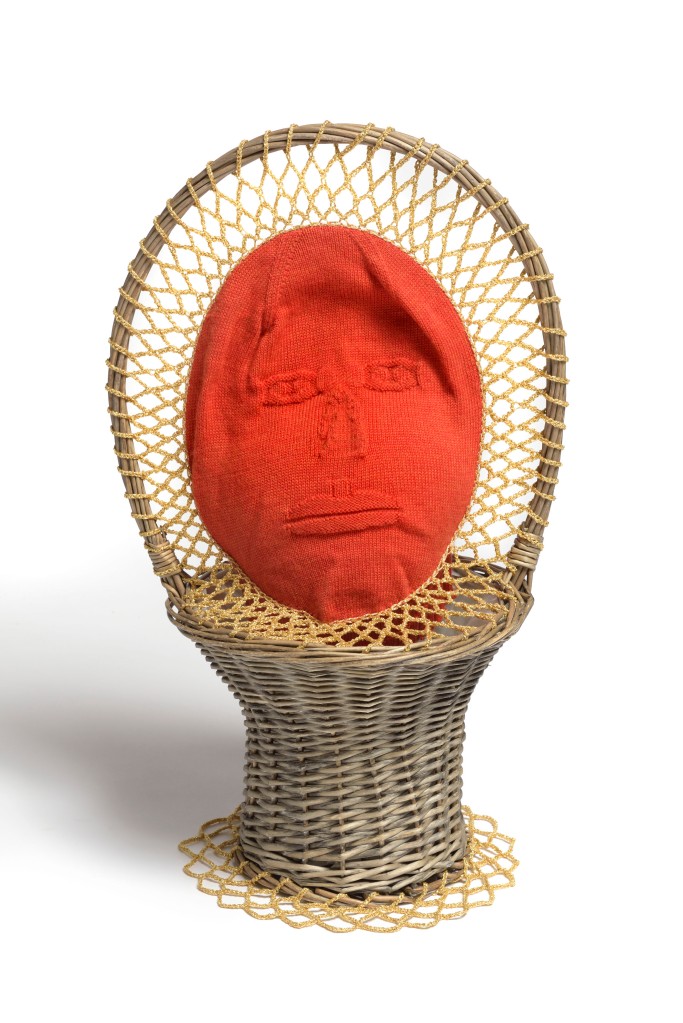I launched a new touring exhibition in 2015 entitled “What Do I Need to Do to Make it OK?” The exhibition includes specially commissioned work, using stitch and other media, to explore damage and repair, disease and medicine, healing and restoration, to landscapes, bodies, minds and objects.

The title is taken from a 2013 talk by internationally recognised artist Dorothy Caldwell, who often leaves her base in a small town in Ontario, Canada to explore her fascination with landscapes and how humans have marked and visualised them over the centuries, from ancient hills in southern Australia to remote Inuit communities living near the Arctic Circle. Dorothy transfers these ideas into striking semi-abstract wall-hung works, hand-stitched into layers of dyed cloth and felt.
Other artists in the exhibition include Freddie Robins who uses precision machine-knitting in unsettling combinations with hand-crafted and found objects to examine her preoccupations with crime, illness and fear, including the iconic work such as Craft Kills in which a figure was pieced with knitting needles like an effigy of Saint Sebastian; and Celia Pym, whose interest in process has lead her to knit her way round Japan, to rescue other people’s discarded and partially-made garments, and to spend a residency darning the clothes and bags of medical students in the Dissecting Room at Kings College London.
Another artist investigating medical territory is Karina Thompson, who employs high-tech embroidery to navigate complex data, from cardiology scans to the bones of a medieval lepers’ cemetery being researched by the University of Bradford. Her work varies greatly in scale and has often been made in response to places, from 18th Century industrialist Matthew Boulton’s home Soho in the West Midlands, to the immense disused spinning room at Salts Mill near Bradford.
The fifth exhibitor, Saidhbhín Gibson, is a multi-disciplinary artist who is concerned with humanity’s impact on and interaction with the landscape. Her work is intricate and frequently small in scale, requiring careful and intimate observation and engendering a sense of wonder rather than any negative emotion. A recurring format is her series of stitch-led subtle interventions into natural objects, such as the series of “repaired” leaves known as Make Good, Make Better. There is deliberate ambiguity in her titles – is it art that makes things better, or nature?
The project toured to eight venues across England and Northern Ireland. The generous support of Arts Council England allowed all five artists to be commissioned to make new work in response to the exhibition themes, and in some cases inspired by specific venues, and this work was unveiled in stages throughout the tour. In addition Rugby Art Gallery commissioned a work “Mixtape Lyric Lines” from artist Michaela McMillan, in response to the project.
What Do I Need to Do To Make it Ok? is supported by a grant from Arts Council England and touring partners. It was developed in partnership with the International Textile Research Centre of the University for the Creative Arts, with R&D support from Arts Council England. Dorothy Caldwell and Saidhbhín Gibson were also supported respectively by Canada Council for the Arts and Design & Crafts Council of Ireland.
